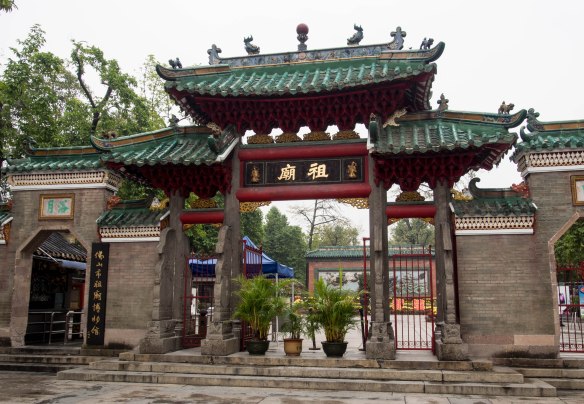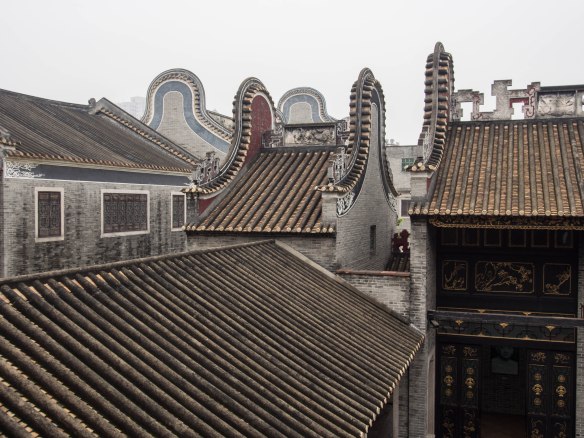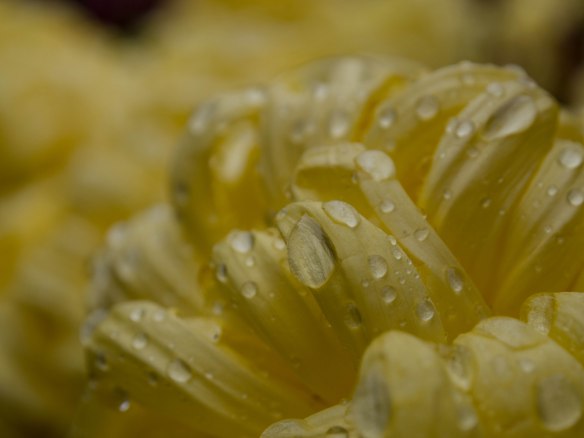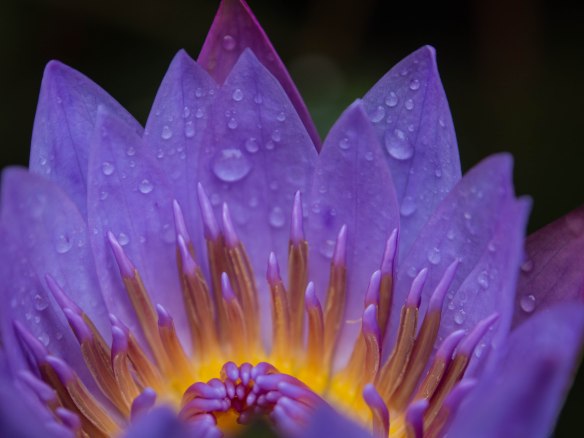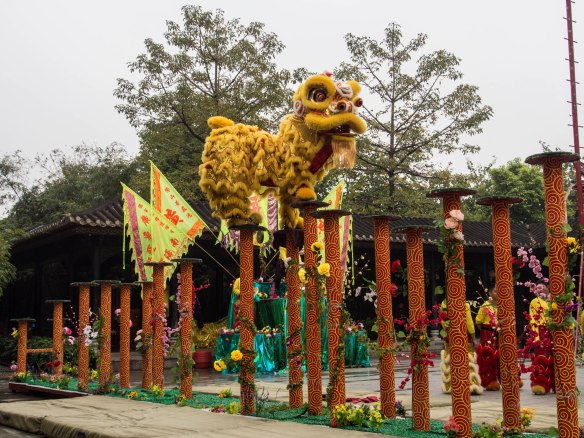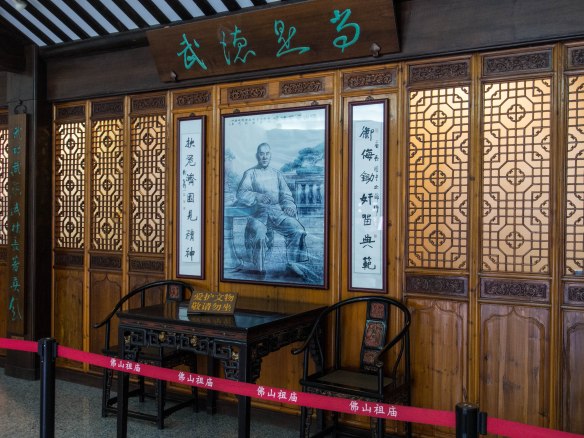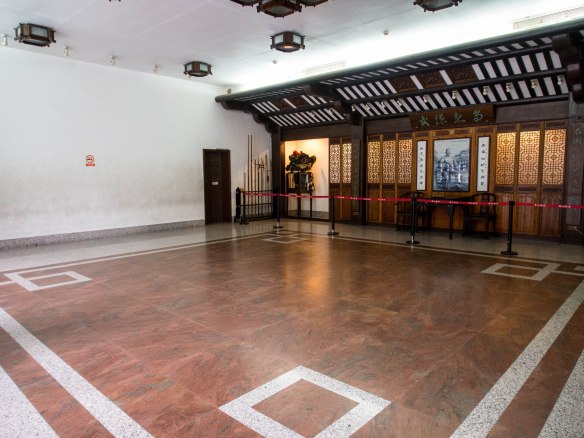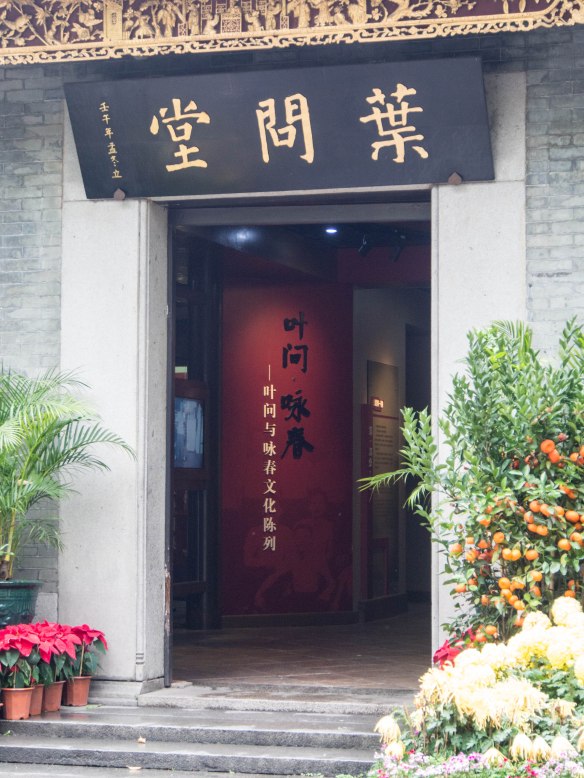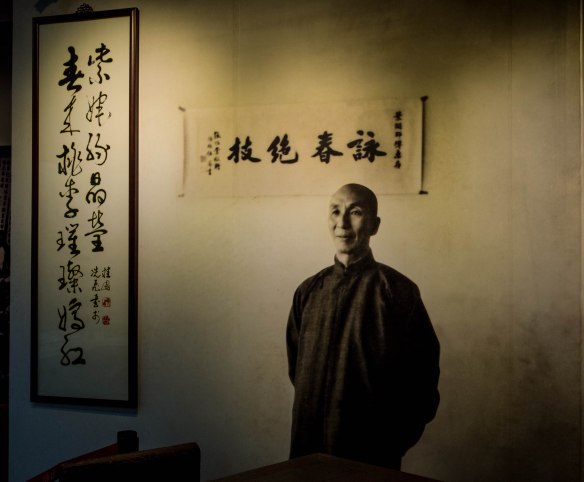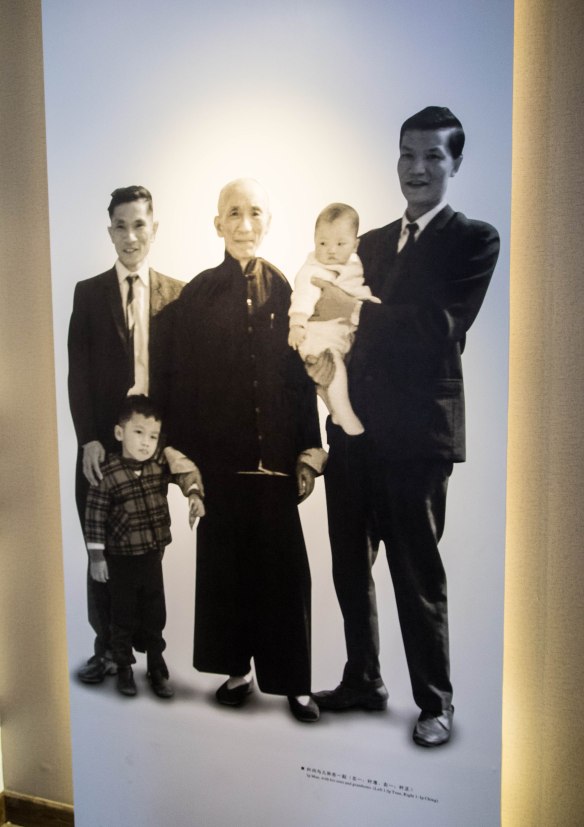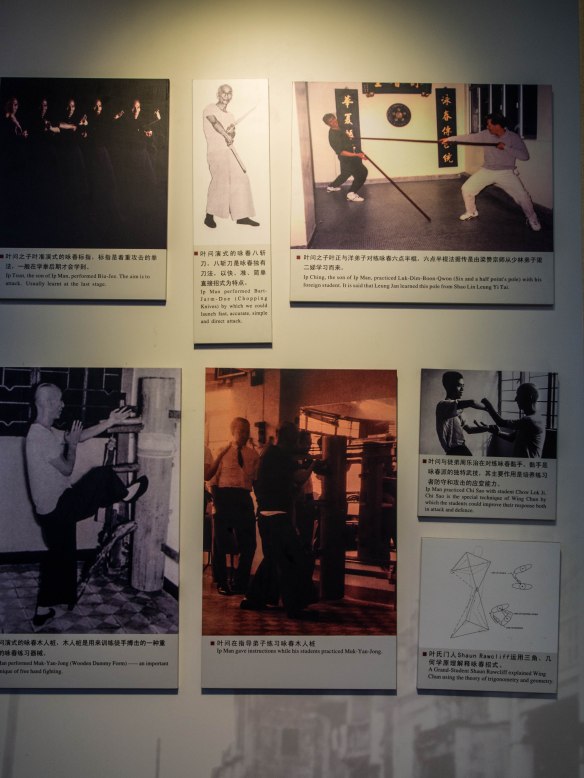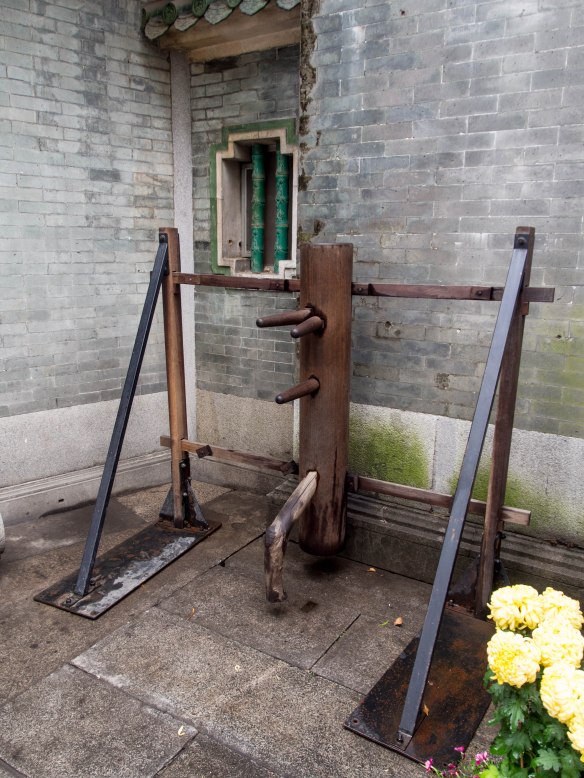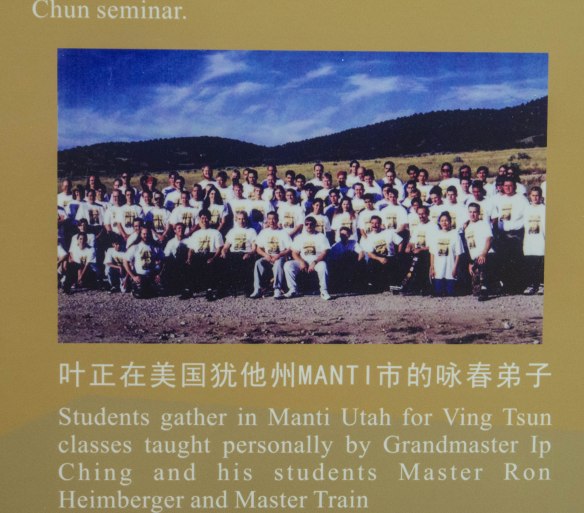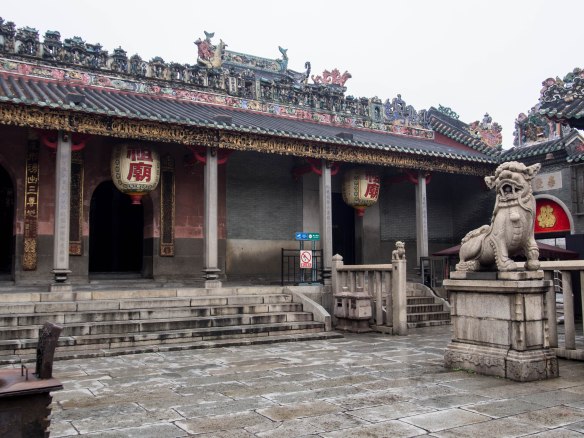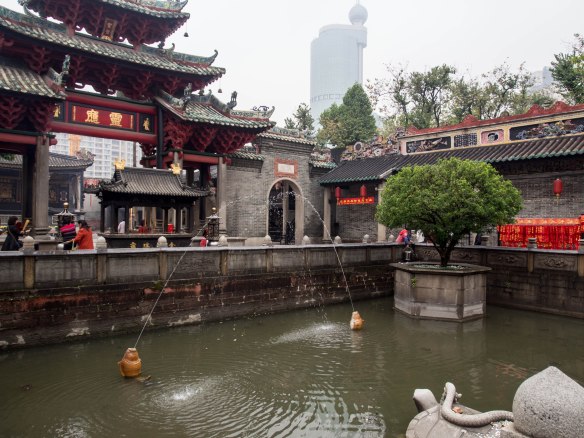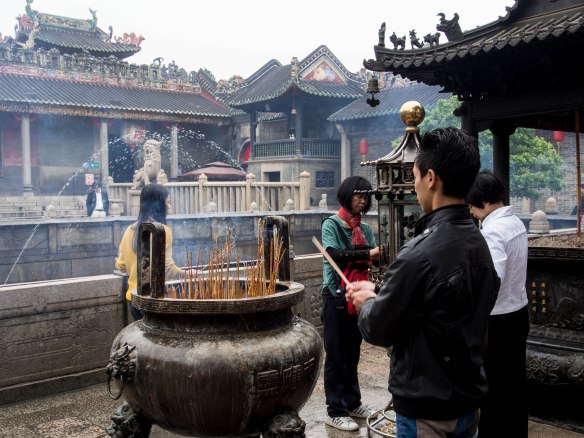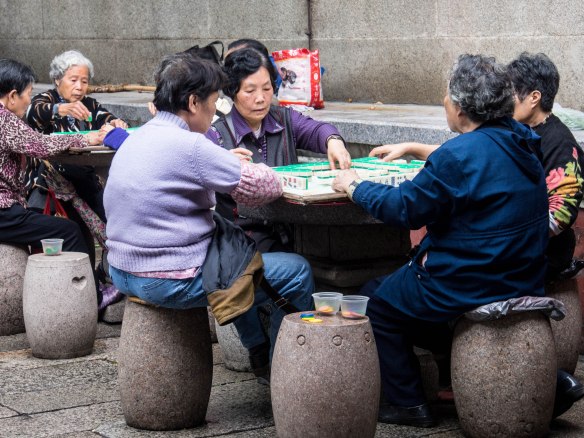
Back in the late ’90’s I was directing a study abroad group of students in Mainland China. At the conclusion of our studies at Nanjing University, we spent a couple weeks traveling around China. One of our stops was the famous Shaolin Buddhist Temple in the Songshan Mountains in Henan Province, not too far from the city of Luoyang. The Shaolin Temple is said to be the birthplace Chan or Zen Buddhism and also where martial arts originated. Today it is a major tourist attraction, and UNESCO World Heritage Site, but it is still a place for serious Buddhist study, meditation, and practice.
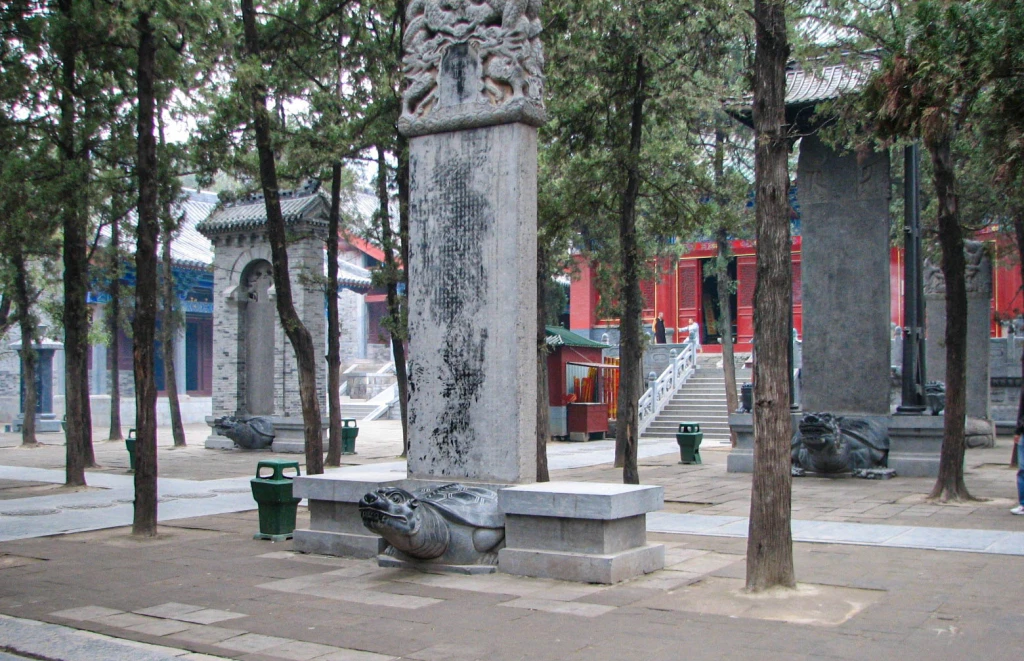
Most visitors are just there for the Shaolin Kungfu. The actual temple is rather small as far as Buddhist temples are concerned. On the grounds is also a cemetery where large stupas mark the resting places of previous eminent monks. It’s a peaceful, serene place.


Because of the Shaolin Temple’s importance to martial arts, the area has attracted many martial arts schools, where even foreigners can go to learn Shaolin kungfu. The monks of the Shaolin Temple, most assuredly pressured by government officials, have capitalized on the tourist trade. The have regular shows in an auditorium showcasing the monks’ martial arts skills.

During our visit there, we attended one of those shows. Monks broke iron bars over their heads, did amazing acrobatic routines, did handstands on two fingers, and so on. One of the most impressive feats was when a monk got a long spear on a flexible bamboo pole. He placed the sharp metal spear tip to his throat, placed the end of the bamboo pole against a wall and slowly walked forward until the spear shaft had a big bend in it. Then other monks placed cinder blocks on his back (he was bent over), and another monk swung a heavy sledge hammer smashing the blocks. The sharp spear point never punctured his skin.

Now for the bloody encounter I had. Several monks walked out onto the stage. One monk removed the top of his orange robe so he was bare chested. He then spent several minutes focussing the Qi into his stomach area. Another monk handed him a bowl, and he carefully suctioned it to his belly. It was a metal bowl with a ceramic or glass coating on it. They then invited people from the audience to come up and try to pull the bowl off his belly. Three or four people tried with no success. My students goaded me up there where I began pulling. I was rock climbing a lot in those days and had pretty good finger strength. After a minute or two I began dragging the monk across the stage. A couple fellow monks grabbed his shoulders to hold him in place, and a couple of my students grabbed me. Then, suddenly, the base of the bowl shattered and we flew apart!

As base of the bowl tore loose from the bowl the now jagged glass edge sliced deep into my thumb. I think everyone was pretty astonished, especially when blood began spurting from my thumb with each beat of my heart. I grabbed my thumb and walked off the stage. The monks took a few steps back while my students mopped up the blood with some tissues. The monks simply placed a new bowl on the monk’s belly and continued the show. I walked outside holding my throbbing thumb. A Chinese doctor from the audience followed me out. He sprinkled some bái yào 白藥 (a coagulating powder) onto it then wrapped it with gauze and taped it tightly.
It definitely needed stitches, but being in a rural part of China, there was no way I was going to have that done. So I kept it clean and bandaged for a couple weeks until it healed up. I spent the next couple weeks traveling around China by train with a very sore thumb. It turns out that I must have severed some nerves as I lost feeling along one side of my thumb and now have a very sensitive nerve bundle at the base of my thumb.
So did I get credit for pulling the bowl off the monk’s belly? I don’t think so. Rumor has it that the only person who was successful was an attractive young women who walked up, kissed the monk lightly on the cheek, whereupon the bowl popped off his belly. I have no idea if that is true, but if it is, it would have been a true act of disrespect.
So there you have it, my true story of a bloody encounter with a Shaolin monk. The photo above shows impeccable timing by one of my students who shot this with a disposable film camera.

